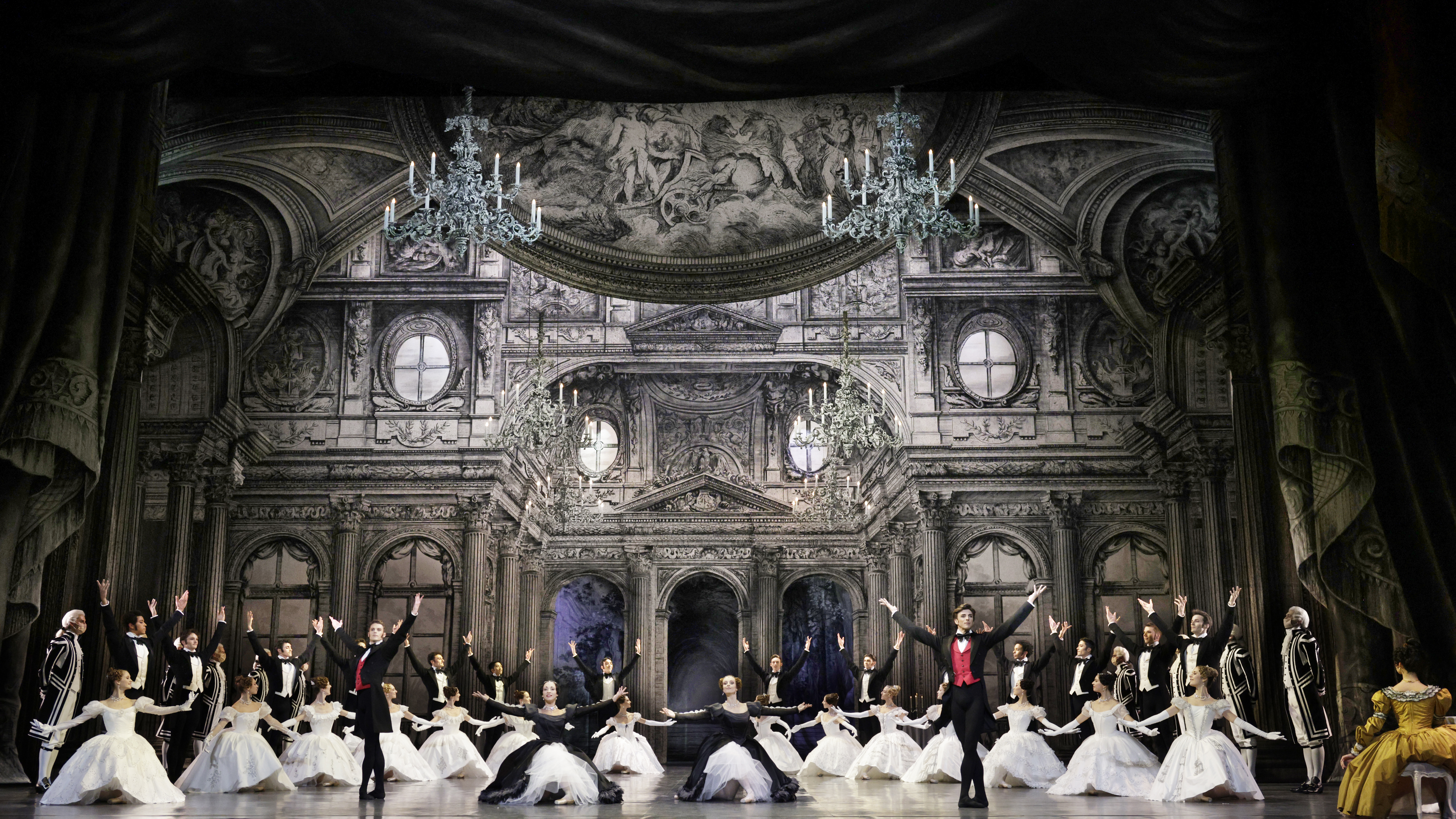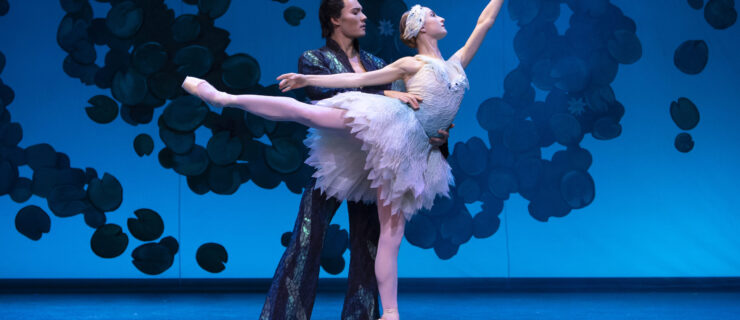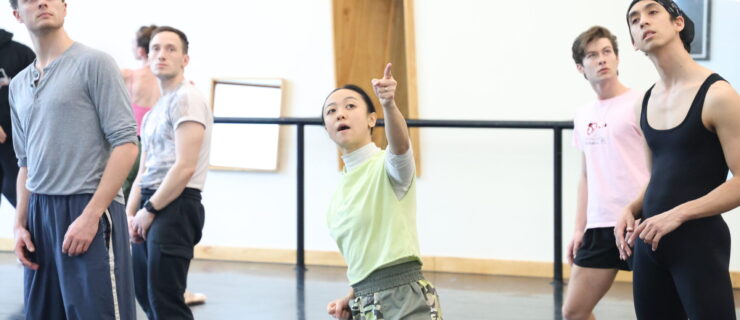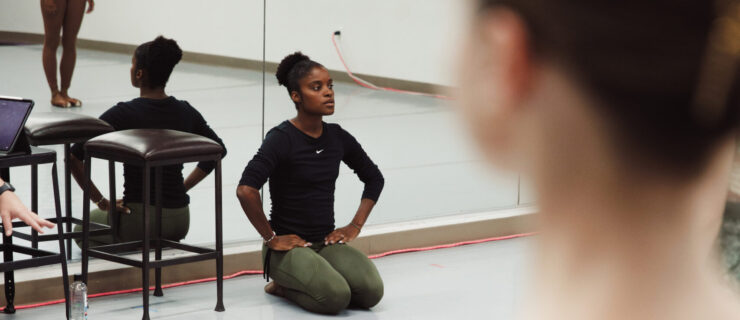The Paris Opéra Ballet Presents a New Full-Length Steeped in the 19th Century
It’s been over 10 years since the Paris Opéra Ballet presented a new full-length story ballet. That changed this month. Pierre Lacotte’s Le Rouge et le Noir (“The Red and the Black”) is a labor of love that, against all odds, finally had its world premiere on October 15. Lacotte not only choreographed the sprawling three-act work, which features music by Jules Massenet, he also designed the ballet’s 400 costumes and 35 painted backdrops.
Plans for Le Rouge et le Noir were well underway in 2019 for a March 2021 premiere, but the pandemic complicated the ballet’s progress until French theaters were able to reopen in summer 2021. Thanks to both public and private support, as well as Zoom technology that allowed rehearsals to move forward during lockdowns, Le Rouge et le Noir is finally in the spotlight.
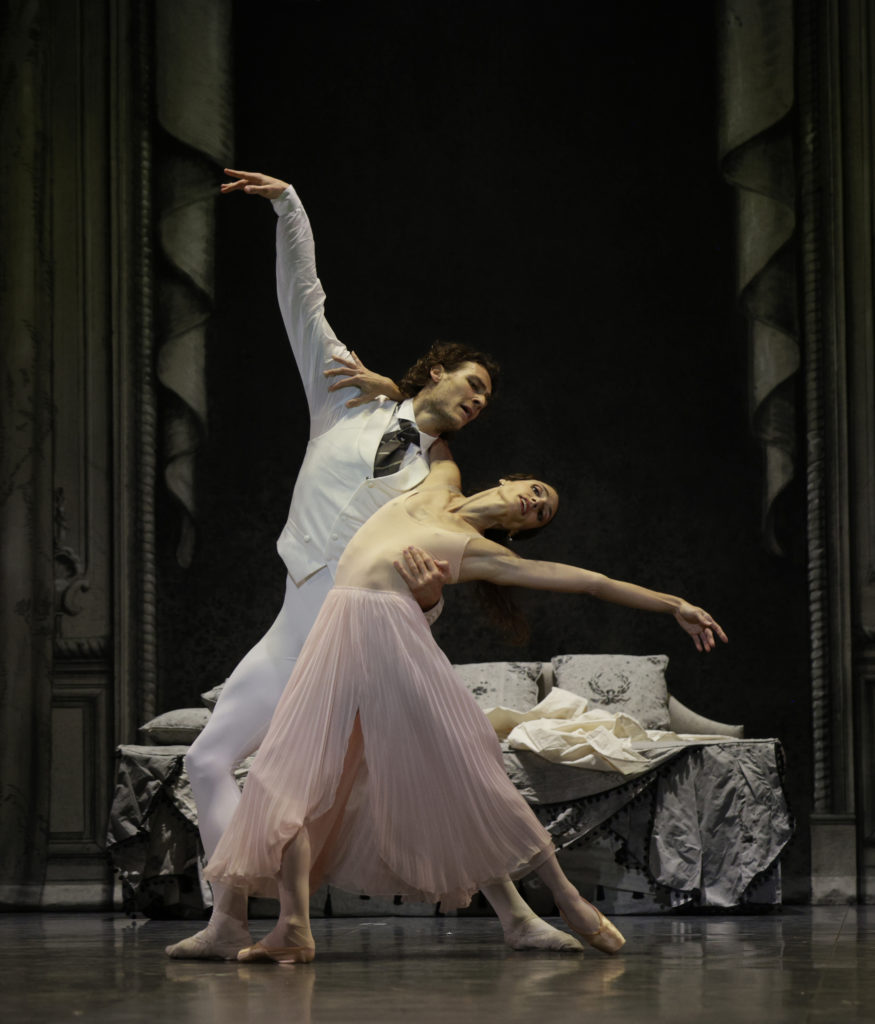
The ballet is based on Stendhal’s novel, a 19th-century tale of class struggle, ambition and ill-fated romance set during France’s Bourbon Restoration. The story follows the upward mobility of Julien Sorel, a working-class youth whose academic gifts open up a world of new opportunities. Coveting companionship beyond his social station, Julien becomes caught between resenting the bourgeoisie and longing to be a part of it. His romantic entanglements with the wife of a French mayor, Madame de Rênal, and a marquis’ daughter, Mathilde de la Mole, lead to tragedy. Julien is condemned to die despite the efforts of the women who love him. (The company posted an excerpt on World Ballet Day, available here.)
The choreographer recently confided in an interview that this ballet will likely be his last. At 89, Lacotte has a long history with the Paris Opéra Ballet. He was admitted to the company’s affiliated school in 1942, where he studied with early-20th-century ballet luminaries, including Carlotta Zambelli. Once in the company, Lacotte quickly climbed the ranks, becoming a premier danseur. An impressive list of achievements ensued: partnering Yvette Chauviré, founding his own company, choreographing Hamlet and collaborating with Edith Piaf, among others.
Lacotte is best known, however, for his 1972 revival of La Sylphide, an ongoing staple in the Paris Opéra Ballet’s repertoire. He meticulously reconstructed the ballet after discovering unpublished 19th-century documents penned by Philippe Taglioni, the ballet’s original choreographer. Since then, Lacotte has been widely recognized internationally for his restagings of Romantic-era ballets.
Le Rouge et le Noir continues to draw on the choreographer’s love of the 19th century, including its authors and ballets. The production’s format, plot and designs are closely guided by that century’s aesthetic codes. The women that surround Julien are adorned in the era’s delicate laces, glass beads and colorful fabrics, while the decors reflect historic gardens and interiors.
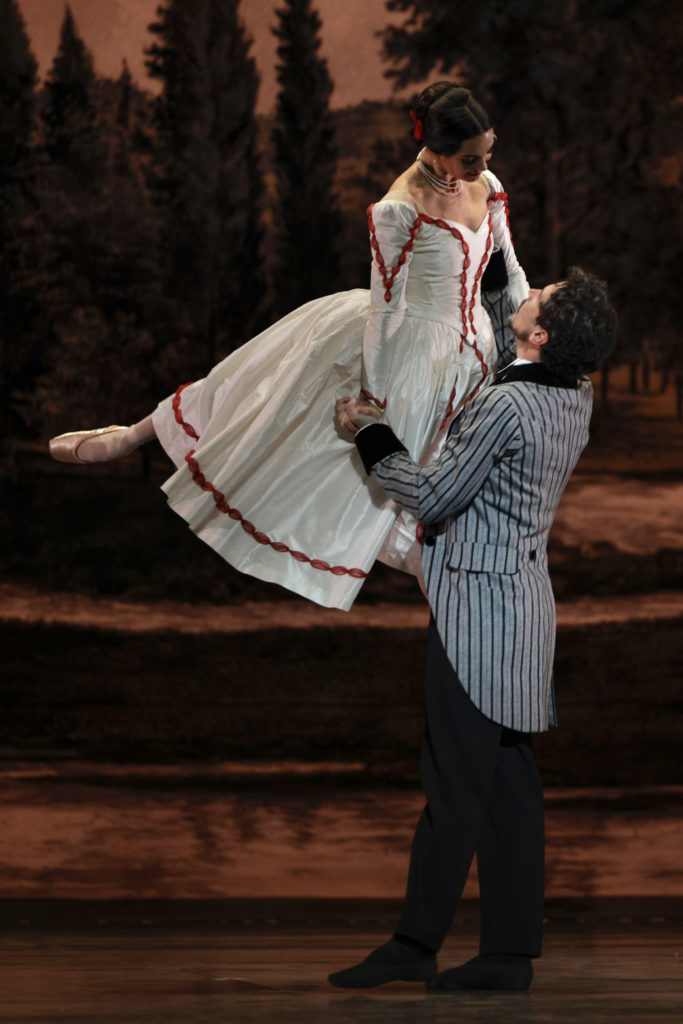
Yet the choreography integrates new ideas by elaborating on traditional steps. The sensual partnering between Julien and the married Madame de Rênal (danced by a rotating cast of étoiles) foreshadows their impossible relationship. The couple dances back-to-back, she lifted above the floor, executing sumptuous batterie that recall La Sylphide despite her nontraditional placement. Two same-sex pas de deux examine male friendship in a touching display of lifts and supported turns, enhancing the story’s complex web of characters.
The ballet’s opening night got off to a shaky start when étoile Mathieu Ganio, for whom Lacotte created the character of Julien Sorel, became injured during the first act. Ganio was replaced by premier danseur Florian Magnenet during the performance, but casting changes have since been announced for the remainder of the ballet’s run.
Despite the Palais Garnier’s plush red seats and decadent balconies, a new story ballet deeply rooted in the 19th century is probably the last thing audiences were expecting from POB this season. When it comes to commissioning new work, the contemporary styles of Crystal Pite, Sidi Larbi Cherkaoui or Marco Goecke are far more common.
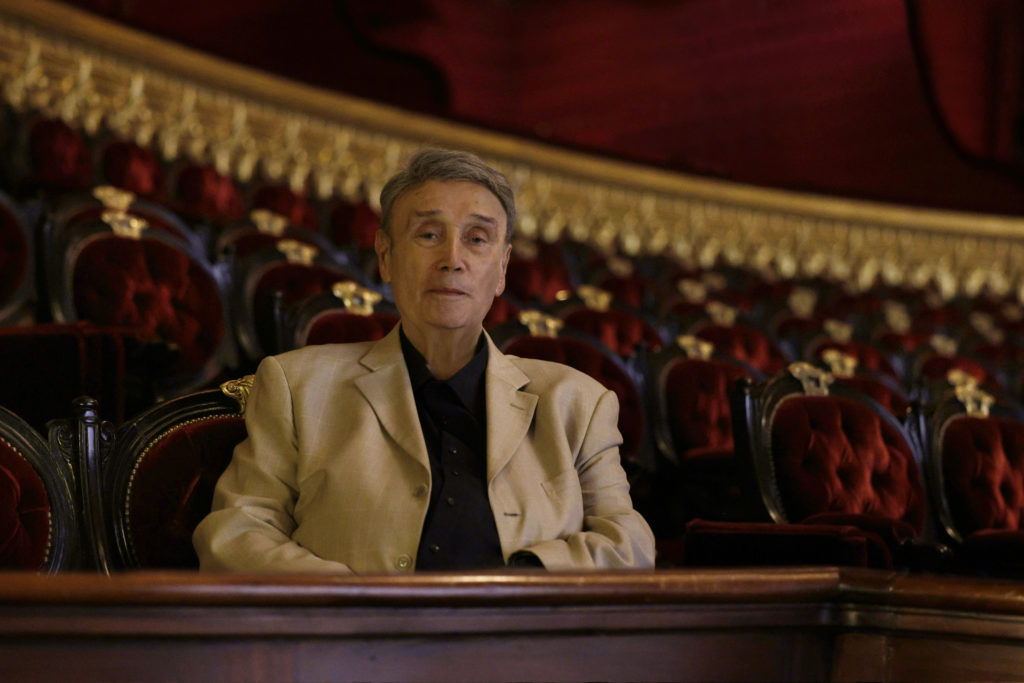
While the relevance of imitating a 19th-century format is debatable (reviews so far have been mixed), Stendhal’s novel provides an exploration of social class that remains accessible and pertinent in the present. Will the 19th-century packaging deter audiences? Or will it lure them into a magical world of ballet theater?
Ticket sales indicate that the public is eager to attend a new story ballet; the production’s three-week run is sold out. And with a premiere showing that was reserved exclusively for members of the public under age 28, the POB and Lacotte are hopeful that young audiences will develop an appreciation for narrative ballet.
International audiences impatient to see Le Rouge et le Noir will get their wish later this year in movie theaters. A film recording of the ballet will be released in Europe, followed by worldwide distribution.
